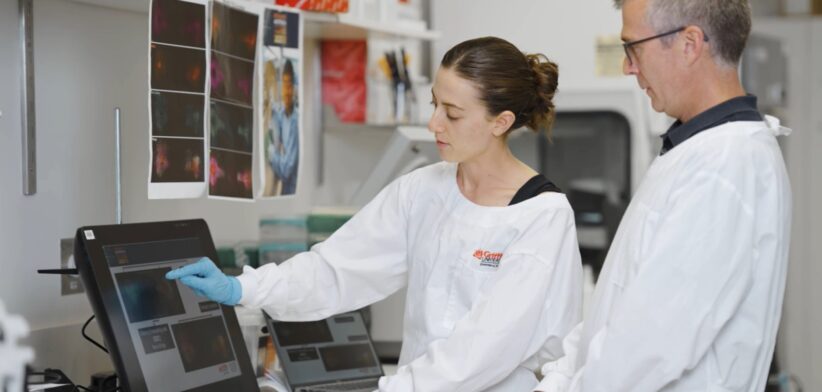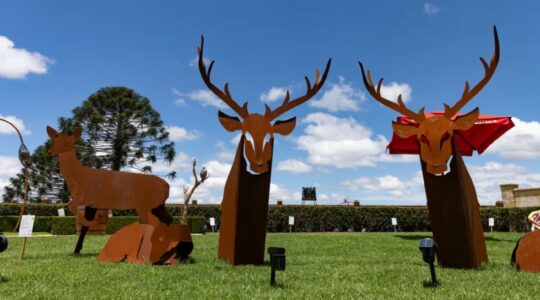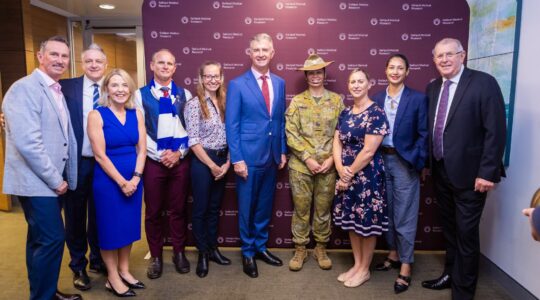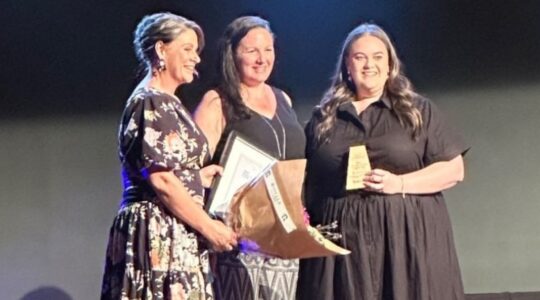Thirty years of Queensland research into spinal cord injury is feeding into a world-first human trial.
Griffith University Professor James St John said a Phase 1 human clinical trial to treat chronic spinal cord injury with nasal cells had commenced to test the efficacy and safety of the revolutionary new approach.
Professor St John said the trial had been three decades in the making and involved taking olfactory ensheathing cells, which were specialised cells involved in our sense of smell, from the nose.
He said these cells had numerous therapeutic properties for repairing and regenerating nerves.
“Once the cells have been removed from the patient’s nose, they are then used to create an innovative nerve bridge which is about the size of a very small worm.
“The nerve bridge is then implanted into the spine at the site of the injury, offering what we think is the best hope for treating spinal cord injury.”
Professor St John said while primary assessments were to ensure the therapy was safe, researchers would also be measuring numerous aspects to assess if there were changes in functional outcomes that were important to people living with spinal cord injury.
“The ability to regain some sense of function, whether it’s regaining independent function of their bladder or bowel, regaining movement in their fingers, or the ability to stand and hug a loved one again can improve quality of life.”
Learn more about the trial on the Griffith University website.








